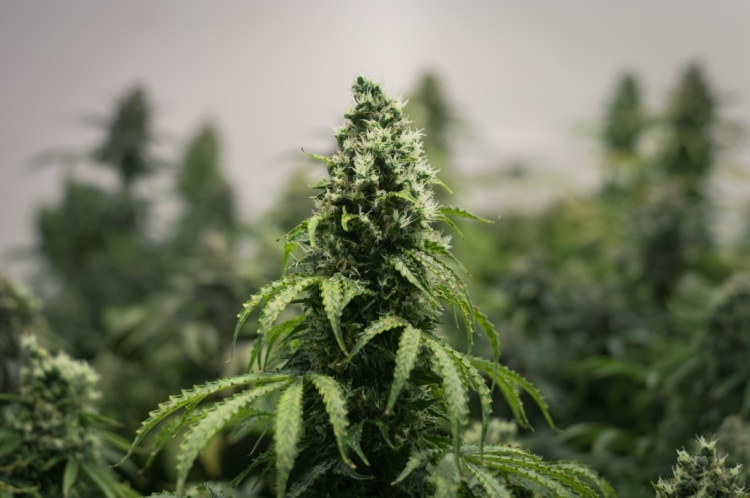
CBDA (cannabidiolic acid) is just one of many little-known cannabinoids in the marijuana plant that have been pushed aside by THC and CBD. But cannabinoids like CBDA have serious therapeutic potential of their own and may one day come to share the spotlight with their better-known counterparts. What is CBDA, what is it used for and what are CBDA’s benefits? Let’s dig in.

What Is CBDA?
CBDA is a cannabinoid that exists in the cannabis plant. It was first isolated in 1965 by Israeli researcher Rafael Mechouam and has since remained on the radar of researchers studying the therapeutic properties of the cannabis plant. CBDA is a non-psychoactive cannabinoid that is created from CBGA, a unique cannabinoid known as the mother of all cannabinoids.
What is CBDA good for in the cannabis plant? CBDA is the precursor of CBD, meaning that without it there is no CBD. To be more specific, CBDA is an acidic precursor to CBD, hence the A (for acid) at the end of its name. You can think of CBDA as a raw form of CBD.
Even if you are holding a high-CBD bud, it may surprise you to learn that there is actually no CBD in that cannabis at all. Instead, raw cannabis actually contains CBDA which gets converted to CBD through a process called decarboxylation.
Decarboxylation works by applying heat to cannabis plant material in order to convert cannabinoids like THCA and CBDA to THC and CBD. There are several different ways to make this process happen. For example, placing cannabis flower in an oven for a set amount of time until all cannabinoids are converted. Another way is to simply apply the flame from a lighter to the bud in your bowl or joint. The heat coming from the flame will immediately convert that CBDA into CBD.

What Are CBDA’s Benefits?
Why does it deserve our attention? Because researchers believe that there are many potential benefits worth exploring! Research is still in its early stages and there have not yet been large clinical studies, but initial results have been promising.
One area of research showing promise for CBDA is in the relief of nausea. In one animal study, researchers found that CBDA may be more effective than CBD at reducing nausea. This study also found that it seems to hold particular promise in relieving anticipatory nausea, a form of nausea that has to-date proven hard to treat.
Other research found that CBDA had a remarkably similar molecular structure to non-steroidal anti-inflammatory drugs (NASIDs) that are typically used to control inflammation. CBDA is also similar to some of these drugs in that it is able to inhibit COX-2 receptors that are known for being key mediators of inflammatory pathways.
Additionally, researchers believe that it may have potential as an antidepressant. One study found that CBDA reduced depression-like behavior in two genetic animal models of depression. This could have something to do with the fact that CBDA is believed to have 100 times the affinity for 5-HT1A receptors as CBD, a receptor that is commonly acted upon by antidepressant medications like selective serotonin reuptake inhibitors (SSRIs).
Much more research needs to be done, including human trials, before we can truly begin to unlock the power of this cannabinoid. However, given current results, the future certainly looks promising!

CBDA and Its Benefits: Final Thoughts
There are lots of ways to extract CBDA from cannabis flower, so if you’d like to try CBDA for yourself stop by one of our dispensary locations and speak with a budtender to find out more. Or, peruse the online menu of a shop near you to see what CBDA products we may currently have in stock. We look forward to serving you!


